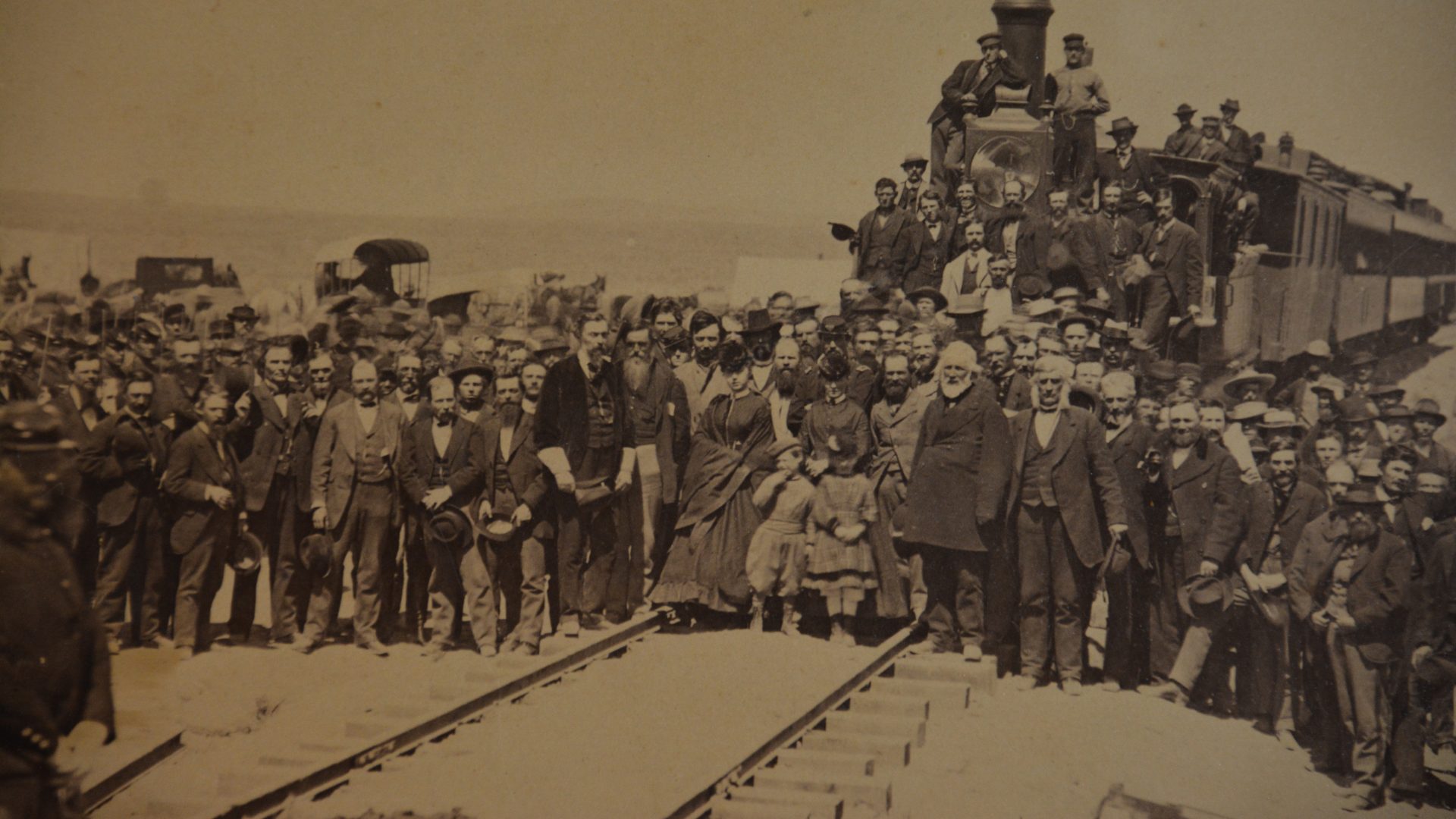By the time O’Sullivan took his Native American photographs, Easterners had already developed a great interest in natives of the West. Interest in the West increased in the 1850s, when more military personnel traveled west and wrote scholarly reports about the Native American groups they encountered. Many of the Native Americans of the Southwest were viewed by Easterners with wonder and excitement. Easterners saw them as agrarian peoples who seemed to demonstrate a social harmony and spirituality that had been destroyed in the East by increasing industrialization. These natives were a romantic vision of a simpler past.
Before the 1870s, photographic equipment had been bulky and difficult to maneuver, which limited the number of photographs taken of Native Americans. Changes to technology in the 1870s made photography easier and allowed more photos of Native Americans to flood the East. Many of these photos showed Native Americans outside the reservation or at special events. The props used were often uncharacteristic of the group being photographed and showed a lack of knowledge about Native American cultures. These pictures were meant to show peoples who had been conquered and made peaceful.
O’Sullivan, however, showed a more accurate portrayal of natives. He posed his subjects in a way that showed their unique lifestyle and used props that were significant to their culture. He used the photos to celebrate their ways, while also showing the bleak, poverty-stricken circumstances that they faced due to increased settlement on the edges of native land and the construction of railroads. This led to concerns among Easterners about Native American welfare. O’Sullivan’s photos showed the paternalistic feelings of Easterners towards natives. Anglo-Americans believed that with a little help, Native Americans could become civilized like Euro-Americans.


